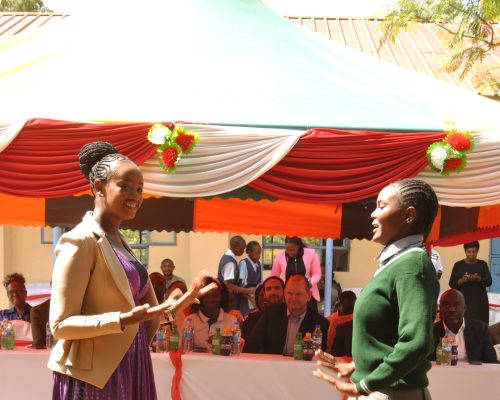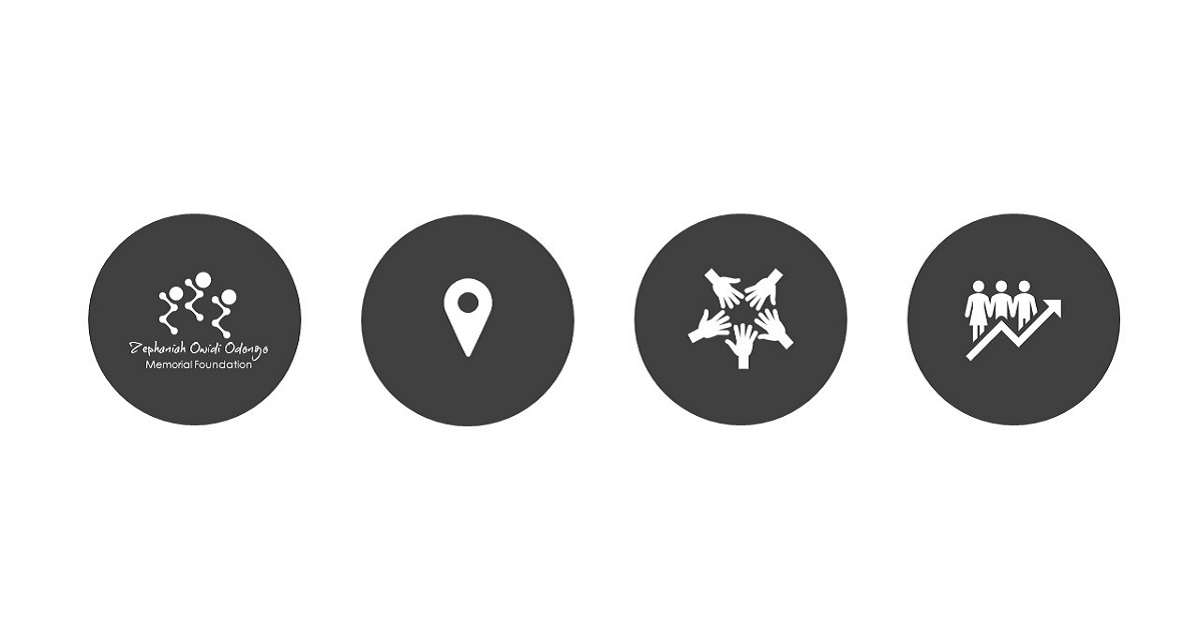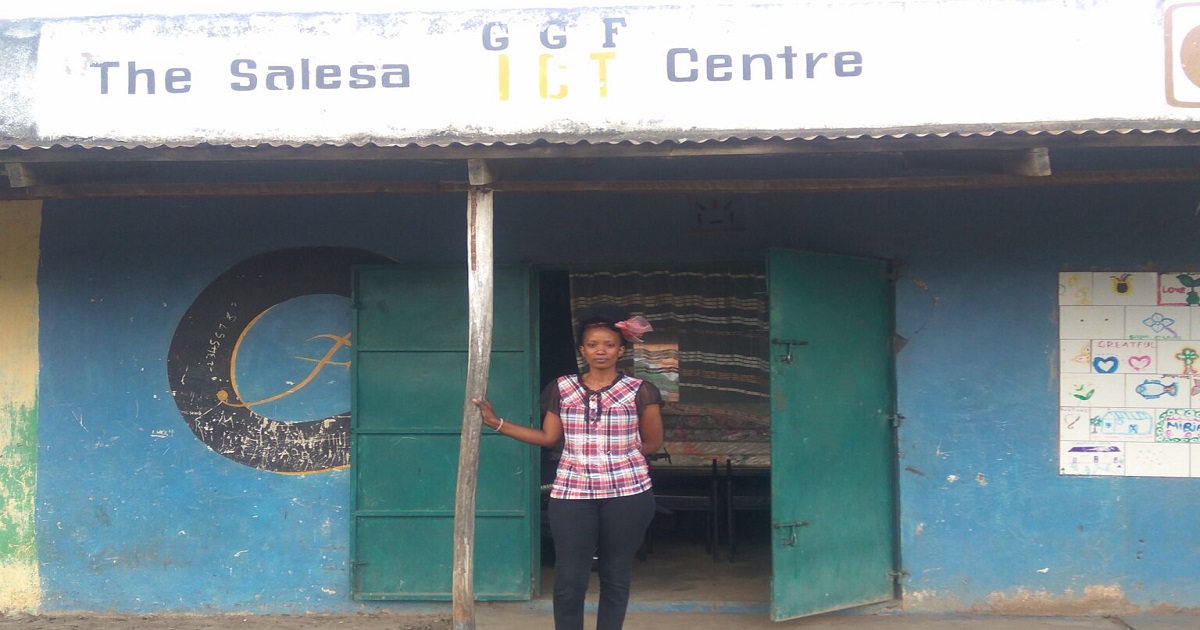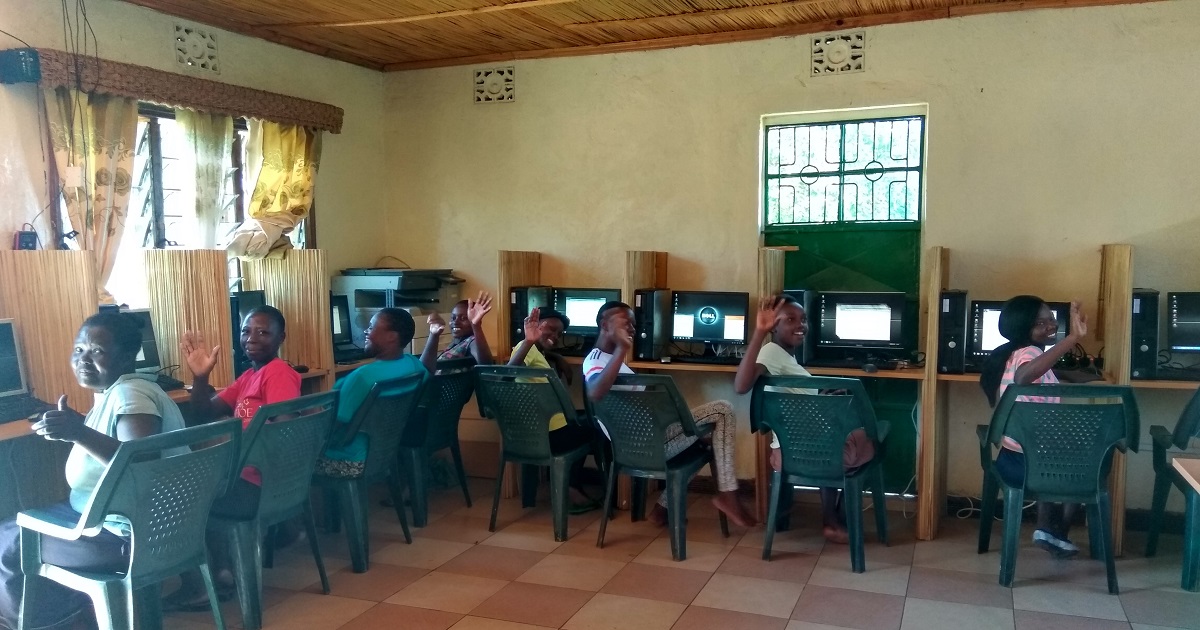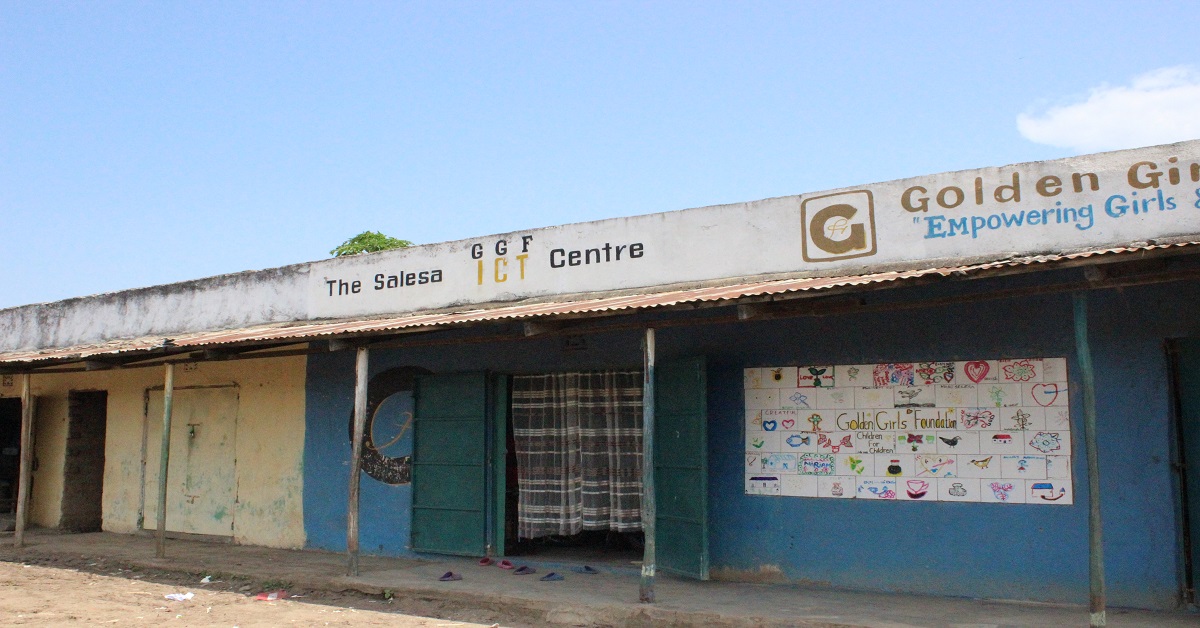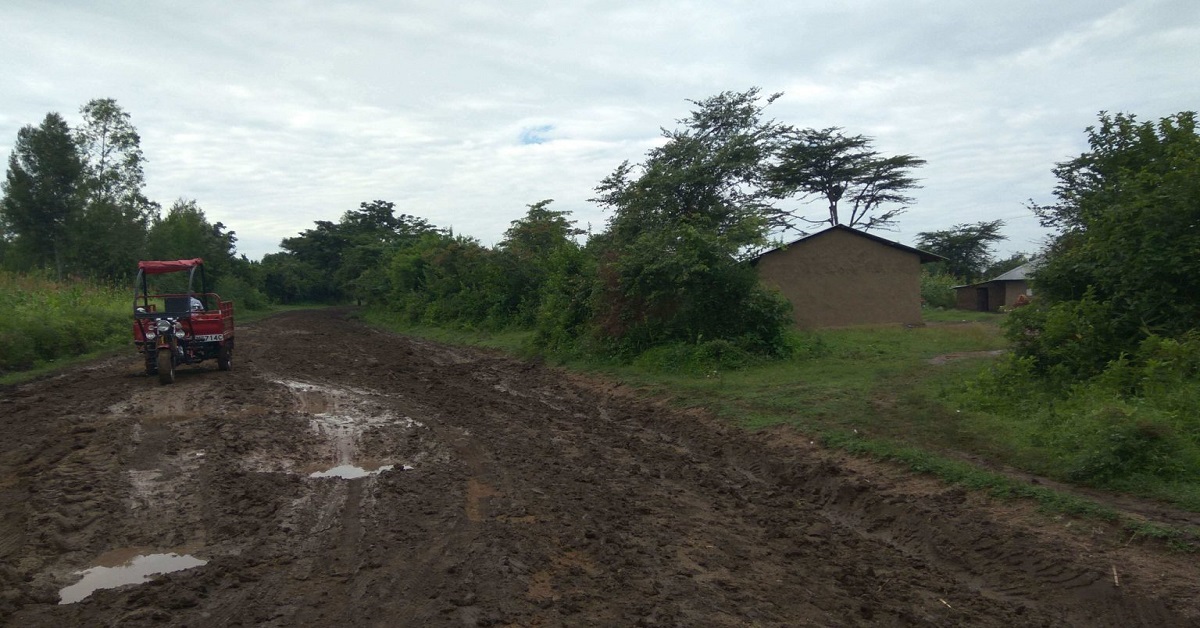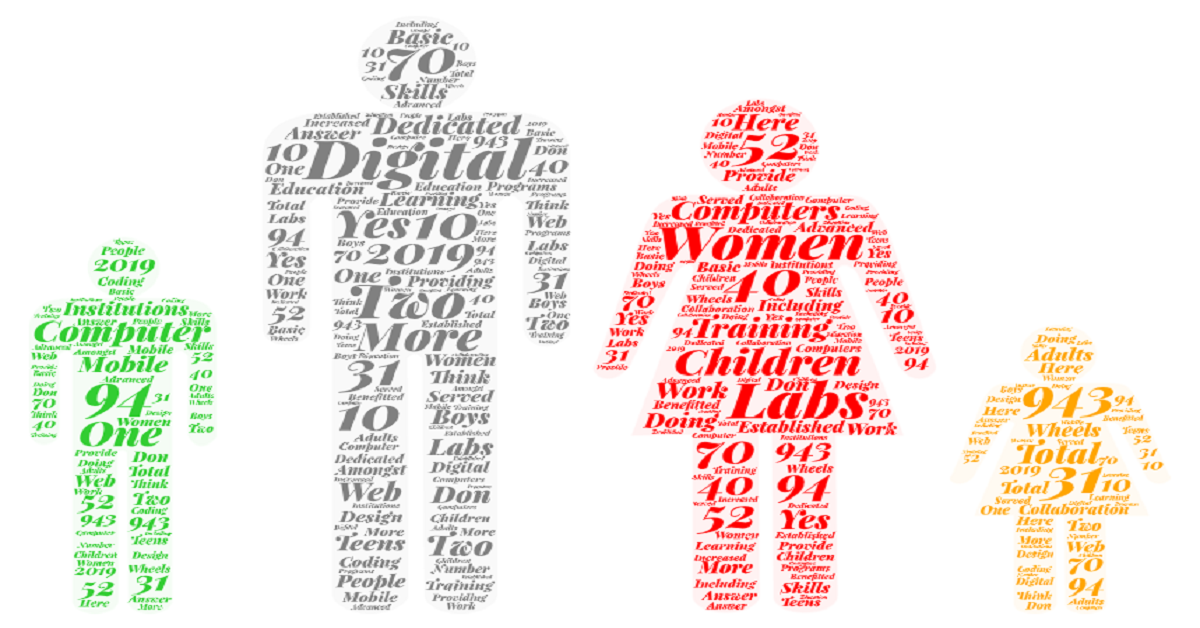
Bridging the Digital Divide
Share this
By Cathy Galecki
Where We Are Today
It’s hard to ignore the growing digital divide and its consequences. In the world today, we see an increasing difference between those who have access to technology and those who don’t. The lucky ones have an abundance of technical resources to apply to their lives. Those who are less fortunate lack basic devices, training and connectivity. The digital divide is a result of the incredible advances that have been made in this century, and will continue to grow as companies pursue artificial intelligence and more connectivity. Almost all jobs require some knowledge and familiarity with technology. What does this look like and why should we care? We are all impacted when there are large differences in the world, it creates economic and social upheaval. If we want everyone to participate in the global economy, they need to be connected and informed. Here is an example of two students and why it’s important.
Sarah
Sarah is 14-years old and lives in the United States in upstate New York. Sarah attends school full time and spends a lot of her school time working on a computer to do research or complete homework. She always has access, her school recently started a new program called “one-to-one” where each student is given their own laptop for the school year. The one-to-one program uses software to deliver more personalized content to students, to boost technology skills, empowering them to do more complex and creative work. Sarah feels completely at ease with technology, she’s had a smartphone as long as she’s been in school and often played games on her parent’s tablet at home from a very young age. She doesn’t think about technology; it’s always there and she doesn’t need to take courses to learn how to use it. As Sarah gets older she’ll have lots of opportunities for college, leading to a good career with a steady income. She will continuously advance her knowledge and technical abilities.
Faith
Faith is also a 14-year old student who lives in Kenya, in Koru, Kisumu. She also attends school full time but doesn’t have the same access to technology as Sarah. Faith’s parents do not have a computer at home so she’s only started using a computer at the age of 13 (when a local non-profit provided her school with computers). She doesn’t have the same technical ease as Sarah, she’s still learning the basics and relies on training to learn how to apply it. Her written English has improved because the computer corrects her grammar when she types and she is able to access (school) revision materials. Her knowledge and comfort are low, and how well she can assimilate and grow is directly tied to how much access and usage she has and the ability to learn and apply it to her daily life. She’s dealing with the basics—how to find information, create a document in Microsoft Word or PowerPoint, and become comfortable with basic computer interactions. She likes computers because they are fun to use and have a variety of topics on the internet. She would like to go to Secondary School after her finals and wants to become a doctor when she grows up. This is an example of the digital divide. This comparison is played out all over the world where we see the advantage students have with technology—expanded education, access to new experiences; advanced skills; increased engagement and motivation; and easy access to resources. Compared to those starting out who are learning the basics and will have a harder time reaching their goals.
Bringing Technology to the Local Community
So how do we narrow the gap? By providing support and resources to groups in the local communities who work directly with residents and students to get access and develop skills. Local providers understand the culture and challenges. Setting up a company to provide on-going computer access and software training to under-served areas is not an easy task. It requires determination and a lot of time and effort. It requires financial backing to acquire the technology and source the training. ZOO Memorial Foundation is an example of one small foundation, who decided to take on the challenge and make a difference. ZOO is a small, local non-profit based in Kenya and has been working with rural Kenyan communities for ten years now. While they work with all genders and ages, they increasingly focus on bringing technology and connectivity to women and girls in rural areas. The ZOO Memorial Foundation was setup with the idea that education really is the key out of poverty, and technology bridges the world. In 2009, ZOO setup their first computer centres in Kenya. What has ZOO Memorial Foundation accomplished? A lot! Transformation is about the results and they have some impressive ones to show—since 2009 they established 10 ICT centers, two in Nairobi, one in Central Kenya and seven in Western Kenya, in areas that are close in proximity but have large cultural and social differences. They do this by closely collaborating with local leaders and in the past few years have started to concentrate on women-focused initiatives. The ZOO Memorial Foundation provides the women with computer equipment; and trains administrators from each women’s initiative with management skills on computer literacy, computer maintenance and entrepreneurship to empower these women to effectively manage the centers. ZOO also provides the centers with software and learning materials.
Significant Challenges to Overcome
Setting up an ICT center is a constant challenge—local organizations that collaborate with ZOO must supply the room where the computers will be setup and maintained, but commitments might change and need to be renegotiated. Corruption is a common problem in Kenya and requires a combination of “street-savvy” and persistence to overcome. Security measures must be in place to deter theft. Affordable mobile coverage and network connections can make or break a successful installment. Collaborating organizations must provide accountability and administrative ownership for long term growth. These are just some of the challenges that are faced everyday by the ZOO founders. They are a small non-profit with an extremely limited budget and even in the face of this adversity, they are meeting their goals to bring technology and connectivity to under-served communities, ensuring access for women and girls.
Moving Forward to Bridge the Divide
The ZOO Memorial Foundation’s programs served 5,353 users in 2016 and 5,901 users in 2017. They have been able to fully fund their operations and programs for ten years. We all benefit greatly from access to technology. It’s our role as a global citizen to share the knowledge and bounty we’ve been so lucky to receive, and support as best we can local providers like the ZOO Memorial Foundation. What does that look like? Some will choose to donate time or money. For others, it’s about engaging in individual conversations and passing on knowledge, helping to raise awareness. Or for the founders of ZOO, it’s about making the gap a little smaller between Sarah and a 14-year-old girl like Faith, so she can find a way to raise her voice in an increasingly digital world.Read


